Want to See a Jaguar? Look Beyond One of the World’s Most Famous Pyramids
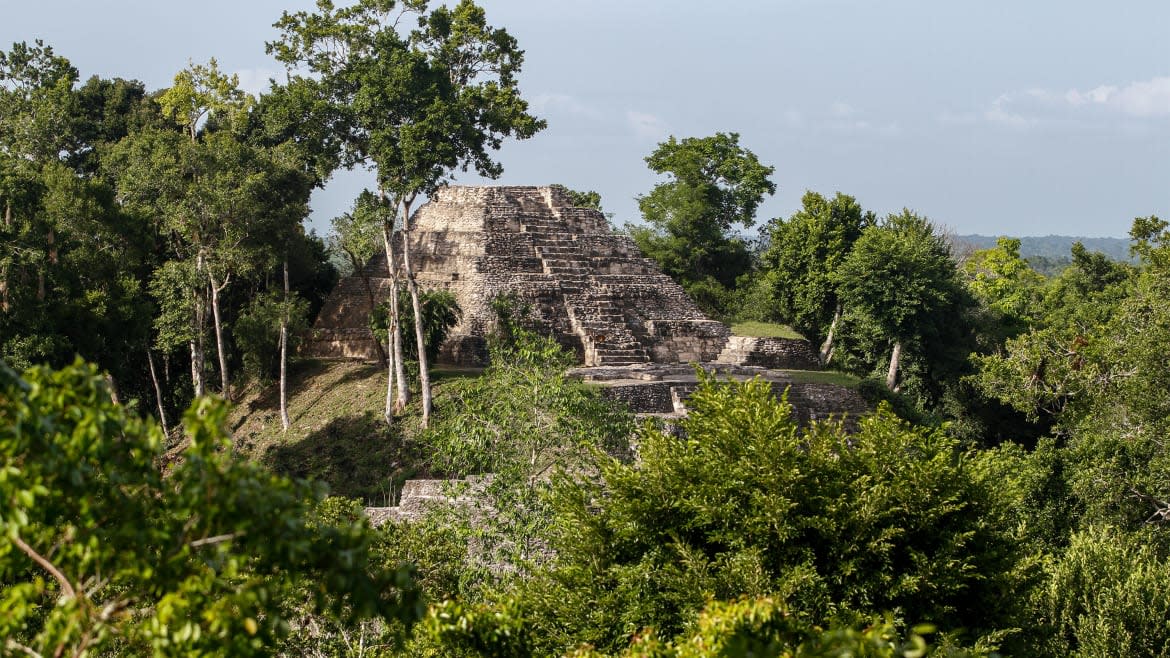
This is the latest in our twice-a-month series on underrated destinations, It's Still a Big World.
It soars 154 feet above you, its ascent so steep that when you climb it you almost feel as if you’ll fall backwards—but the Jaguar Temple at Tikal, so often the sole destination for travelers to this corner of Guatemala, merely hints at the wonders here. In reality, Tikal is now one of the most unexciting of the attractions one can find in Petén, the region known as "the heart of the Mayan world."
Don’t misunderstand us, Tikal is still a fantastic destination to visit, but there are certain details that make it feel more like an amusement park than the ancient and mystical center that is promoted so much.
However, it does offer a golden opportunity. At the top of Temple IV, our mind is allowed to wander, along with the sounds emitted by the jungle, to imagine the secrets that are hidden under the leafy trees and wonder if it is possible to discover them in a more “natural” way.
And yes, lucky us, it can be done. But these options require special mental and physical preparation, because you must enter the dense tropical wilderness of Petén, and you must want to sleep in archaeological camps, and show a spirit strong enough to face an endless horde of mosquitoes ready to eat you alive.
For those keen on a Maya version of a bush safari, you can hike and walk through different trails on a three-day trip with a final destination of Tikal. Start at El Zotz which is the Mayan word for “bat.” This archeological site is located about 30 km west of Tikal and has approximately 39 different species of bats.
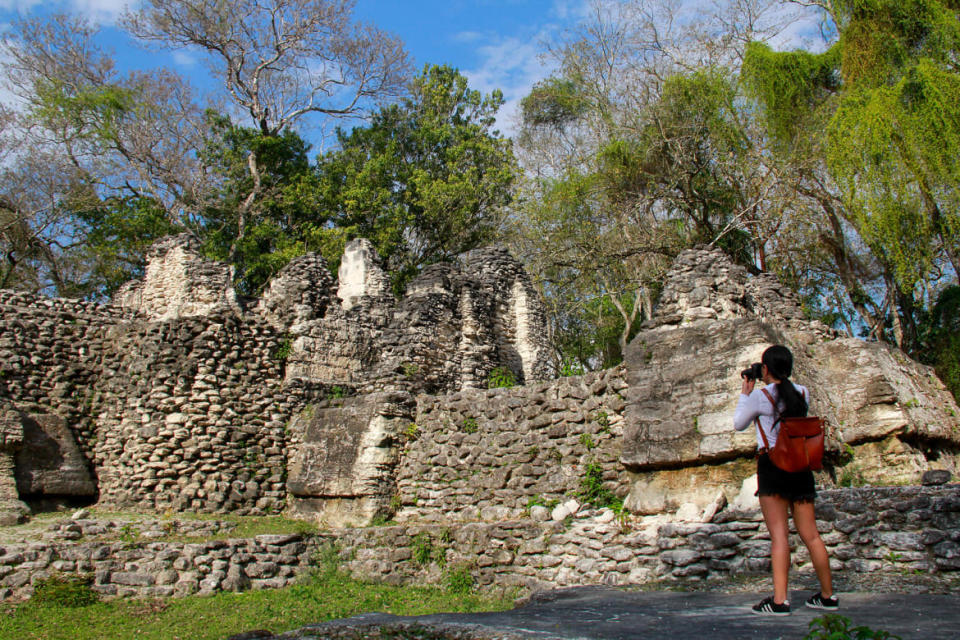
Uaxactún is a Mayan city known for its construction related to the observation of the stars. Its located some 14 miles west of Tikal.
The trek was created and is run by members of local communities that live inside the forest as it’s one of the few ways for them to get their hands on the financial opportunities in tourism. And since most of this tropical paradise is protected, this is your sole way in. Along this 19-mile long journey, you’ll have the opportunity to get in contact with creatures like gray foxes, poisonous snakes, birds, tapirs and other microfauna.
Usually, during your whole time inside the jungle, you will hear the sounds of thousands of cicadas that mix with the songs of the toucans and other exotic birds that move through the dense foliage. The guides have lived in the tropical rainforest all their lives, so they know the signs the wildlife leave everywhere and if you stick close to them you’ll avoid the bite of a Barba Amarilla (Yellow-beard snake), one of the deadliest in all of Latin America.
This trek has a second main attraction: a rock formation called “peñon de los murciélagos,” a cave that is home for thousands of these bat species which give a natural spectacle, usually around sunset, when they gush out to start their day. You'll see a huge cloud of them flying, and soon you’ll realize that you are not the only attendee to this show. If you pay close attention, you’ll be able to see different birds of prey, eager to have their last snack of the day. Wild takeout, if you like.
There is something magical that you feel when submerging yourself in that green ocean, where the incessant buzzing of the cicadas creates an intimate and primordial place, where we stop asking ourselves questions, we simply flow. And that is the main attraction of this walk, because it is the same natural environment that teaches us to appreciate what we have in front of us. As we said, mental preparation is essential to be able to appreciate these little details that a trip like this gives us.
And as expected, the rest camps are very basic, but what they lack in comfort they make up for with the kindness and warmth of the local guides.
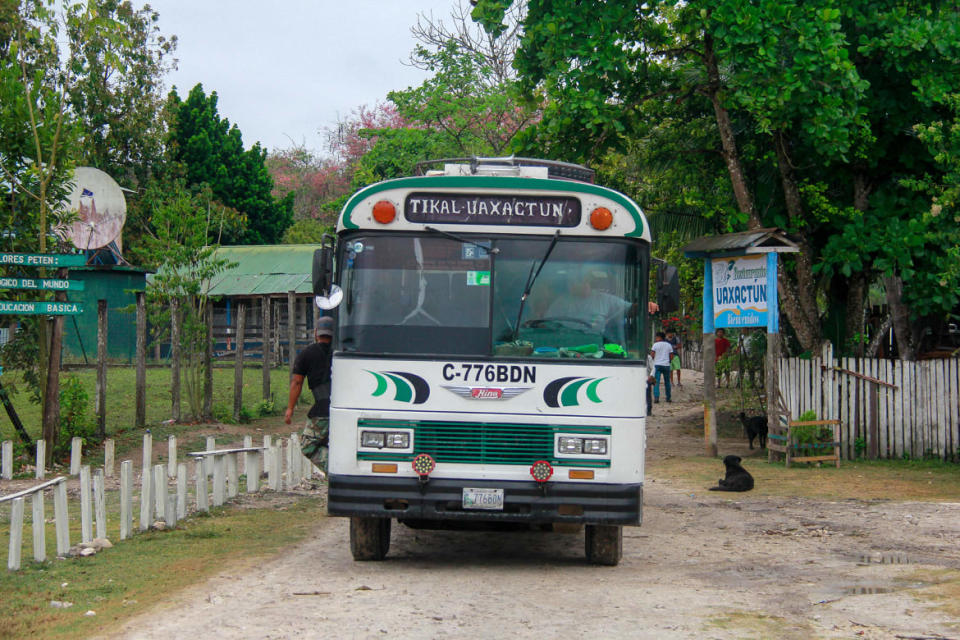
Tikal and Uaxactún are interconnected to each other, so the visit to the second one is an opportunity for those who fly to Guatemala to see the legacy of the ancient Mayans.
When you return to Tikal and listen to the voices of other tourists who walk its paths, climb its pyramids, you will feel a mixture of sensations: on the one hand, relief for being able to make use of the benefits of modernity, such as the bathrooms, and on the other, the satisfaction of having reached Tikal in a non-traditional way, charged with an energy that is difficult to describe.
A three-day, two-night trek inside Central America's largest tropical forest can definitely be considered a crash course in "how to survive the jungle." But survival and fun do not necessarily require such extreme and intense decisions.
Two and a half hours northwest of Isla de Flores, the hotel zone of Petén, there is a resort-type place, with comfortable rooms, spectacular views, and excellent food where you can experience exciting activities with exotic animals in their natural environment, called Estación Biológica Las Guacamayas.
Unlike the previous experience, the essential idea here is to combine the comfort of a nice hotel—with air conditioning, freshly made beds, and hot water—with a variety of activities that involve getting in contact with nature.
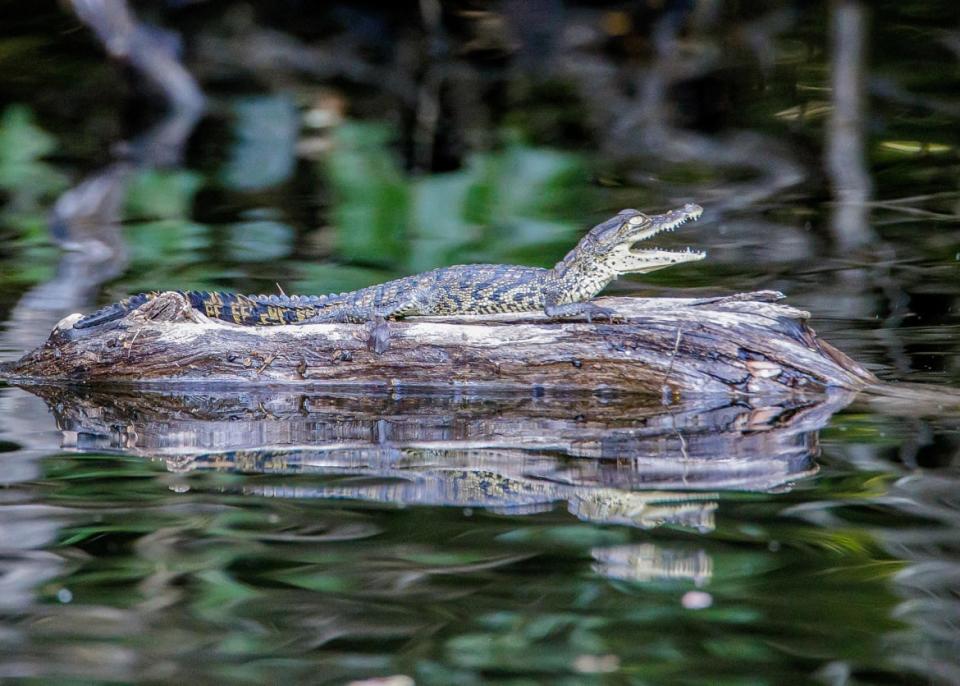
Wildlife is a big part of the Mayan jungle experience. Because of its status as a protected area, the biggest in Central America, it is the perfect spot to see exotic wildlife.
For example, there’s the “Adventure within nature” package, where, for three days you will be able to walk in the wilderness and see owls, different types of reptiles, birds and insects and the endemic petenero crocodile, a fast-running freshwater croc that can grow up to 10 feet in length. There’s the chance to take a unique kayak tour in a river called Sakaluk, surrounded by Maya sites and natural reserves. During your journey, you’ll be able to visit the Waka Peru archeological site. This ancient Maya city is the largest known prehistoric place in Laguna del Tigre National Park.
Why is a historic site in Guatemala named after Peru, you might ask? Well, this name was given by locals a century ago, but its original name, carved in the stone hieroglyphics, is Waka, which means centipede watery place.
Yaxhá and Puerto Arturo
If you have come this far, you can imagine that almost everything you can do in Petén is related to ancient archaeological sites, wildlife, and impressive natural settings. Yaxhá and Puerto Arturo are no different and both can be accessed through different tours operated from Isla de Flores.
Yaxhá is located in the northeast of Petén, and like Tikal, first impresses you with its massive and well preserved structures. Its name was discovered on a rock full of hieroglyphs, and it means "green water." The hieroglyph depicts the head of a parrot, and the researchers believe that this could be due to the presence of green and blue parrots in the area, or due to the presence of two lagoons, Yaxhá and Sacnab, whose waters are turquoise.
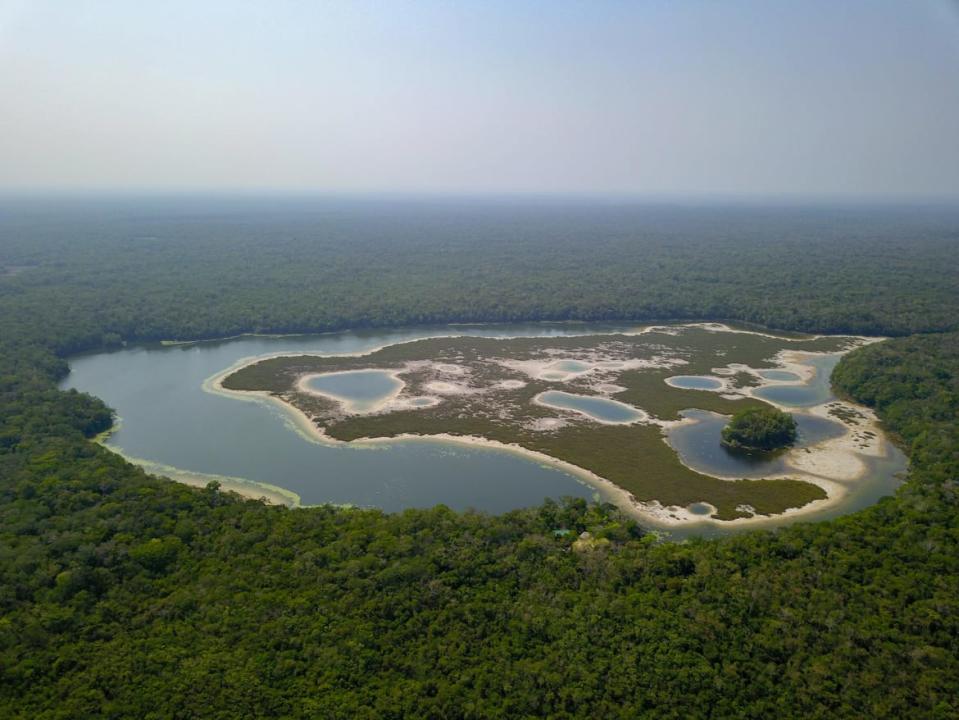
Puerto Arturo is a pristine wetland, home to a variety of wild species like the jaguar, hundreds of different bird species, crocodiles, reptiles, and many more. The locals offer a safari-like experience where tourists can come in contact with these animals.
The site has more than 500 structures, including forty stelae, thirteen altars, nine pyramids, two ball courts, and a network of causeways connecting the Central, East Acropolis and North Acropolis with the squares and periphery.
Puerto Arturo, like Yaxhá, is a wetland, and its state of conservation is so pristine, that the only thing that occurred to the community is to promote scientific tourism, because it is an ideal area for research on all the wildlife that inhabits this area of the Mesoamerican tropics near the Mexican border.
Puerto Arturo, Yaxhá, and all the destinations mentioned so far, are located within the biggest protected area of all of Central America: The Reserva de la Biosfera Maya, or RBM. Here, a series of studies are carried out to determine the health of the ecosystems, as well as the abundance of the different species of animals that live there.
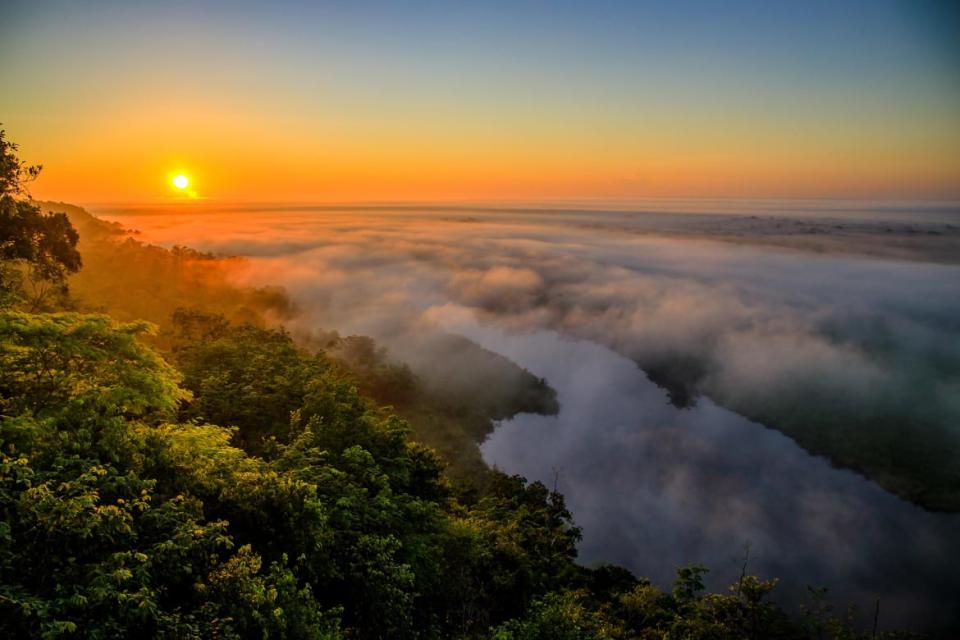
Las Guacamayas Biological Station may not be a fancy name for a tourist destination, but its views are. Five minutes from the hotel, there’s a lookout that allows you to see over the Mayan jungle.
Being part of these studies, the locals came up with the idea to lure scientists and researchers to come here and conduct their own studies, whilst taking some time off from modern life. But if you are not a scientist, the interesting thing is that you’ll be able to see where these studies are carried out, see how they set and monitor the trap cameras and, if you are lucky enough, to catch a glimpse of the jaguar, the most sacred and revered animal for the ancient Mayans.
“We take them and show them the place where the jaguar could have passed. We open the cameras, show the tourists its prints in the mud and we take them to water holes where they usually hang out,” said Mynor Hernández Zapata, one of the guides and protectors of the forest in Puerto Arturo.
Even though Tikal will always take the crown for being a magnificent treasure, other jewels in the dense and green jungle need to be explored. Petén is a place to experience unforgettable adventures; its beautiful views, surrounded by ruins and temples, make it a unique place to visit in Guatemala. There is no other site in Central America to see local wildlife from a closer perspective and learn about one of the most influential civilizations in history by visiting different Mayan sites.
Get the Daily Beast's biggest scoops and scandals delivered right to your inbox. Sign up now.
Stay informed and gain unlimited access to the Daily Beast's unmatched reporting. Subscribe now.

